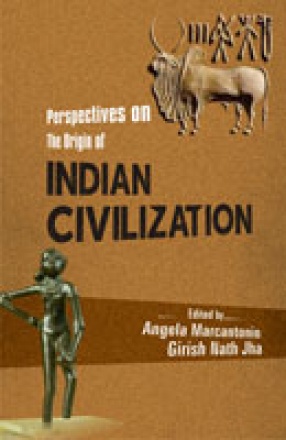Perspectives on the Origin of Indian Civilization
The earliest Indian inscriptions date from the third century before Christ. Archaeological and palaeo-anthropological evidence, as well as the Indian oral tradition, consistently point to the ‘continuity’ of the Indian Civilization back to a much earlier date. However, the question of the origin of Indian Civilization prior to that period remains open. There are three main schools of thought in this regard. Proponents of the Indo-European theory suggest that the Sanskrit language and civilization were an intrusion into India from the West. Proponents of the continuity theory, on the contrary, believe that they arose locally. The third school of thought proposes that the current scholarship is insufficient to trace the Sanskrit language and civilization back to pre-historical times, and that further research is required to develop a fair comparison between the European languages and the Indian languages. Published literature in the field often reflects one or the other of these perspectives, rather than offering an integrated view.
This volume seeks to address this gap, by proposing a possible resolution to this seemingly intractable issue. It results from a symposium held at the University of Massachusetts–Dartmouth in July 2011, with invited scholars representing each of the various camps. During the seminar it became apparent that these different traditions are actually much closer to one another than what is usually believed. Accordingly, this is an essential volume for scholars seeking a balanced view on the quest for the origin of the Indian languages and civilization.
Get it now and save 10%
BECOME A MEMBER








Bibliographic information
Grish Nath Jha